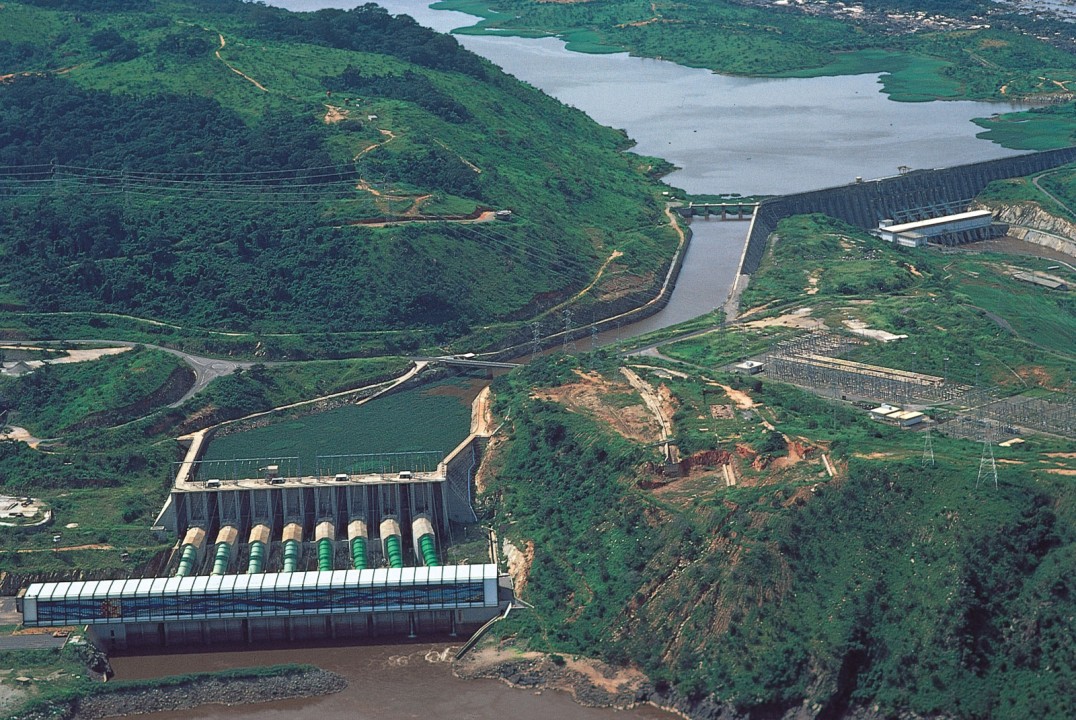Written By: Faith Jemosop
What is BESS? (Battery Energy Storage System)
Imagine this: It’s a sweltering summer afternoon in Johannesburg. Air conditioners hum in every home. But suddenly, the lights flicker and die. Another round of load shedding has begun. What if the power that vanished could’ve been stored earlier, and released just in time? That’s the promise of BESS, Battery Energy Storage Systems and it’s no longer a future fantasy.
BESS is a game-changing technology that allows energy, especially from renewable sources like solar and wind, to be stored in large-scale battery banks and dispatched when needed. These systems act like massive power banks, absorbing electricity during off-peak hours or when renewables are generating excess, and releasing it during high demand or blackouts.
And South Africa? It’s all in.
Why is South Africa investing in battery storage?
South Africa’s power crisis is no secret. With Eskom struggling under ageing infrastructure, years of underinvestment, and maintenance backlogs, load shedding has become a bitter part of everyday life. But now, BESS may be the bridge to a more stable, renewable-powered grid.
The government, backed by global partners and private investors, is betting big on battery storage. In 2023, the South African Department of Mineral Resources and Energy (DMRE) announced a BESS procurement plan as part of its Independent Power Producer Procurement Programme (IPPPP). The first auctions drew attention from across the globe, a clear sign that South Africa is emerging as a serious player in the energy transition.
BESS fits squarely into the country’s Integrated Resource Plan (IRP), which seeks to phase out coal and embrace solar, wind, and other renewables. But renewables are intermittent, the sun doesn’t always shine, and the wind doesn’t always blow. That’s where BESS comes in: storing that clean energy and smoothing it out.
How BESS works to balance the national grid
Technically, BESS operates on a simple principle: charge, store, release.
But it’s the scale and intelligence that make it revolutionary. These systems are often made up of lithium-ion batteries (like those in your phone, but scaled up a million times). They’re connected to the grid through advanced software that predicts demand spikes, analyzes generation patterns, and makes real-time decisions.
Think of BESS as a “shock absorber” for the national grid. When there’s too much energy (say, on a windy afternoon with low demand), BESS stores it. When demand surges, like during peak evening hours, it releases that stored power to keep the grid stable.
This helps prevent blackouts, reduces the need to burn expensive diesel, and allows renewables to flourish.
Who won South Africa’s first BESS auctions?
In 2024, the first-ever BESS auctions in South Africa made headlines. Global energy players lined up, but the standout winner was Scatec, a Norwegian renewable energy firm already known for its work on solar PV projects in Africa.
Their Haru project, located in the Northern Cape, is now a flagship BESS initiative. With 1,000 MWh of capacity, it’s one of the largest battery installations on the continent.
According to Scatec’s CEO, Terje Pilskog, the Haru project is more than just about energy, it’s about sovereignty. “Reliable storage allows South Africa to take control of its grid, reduce its fossil dependence, and power communities sustainably,” he said.
Other winners included EDF Renewables, Mulilo Energy, and a consortium of local developers. Importantly, many of these projects include plans to train local technicians, create jobs, and include community ownership models.
What this means for load shedding and renewables
So, can BESS end load shedding?
Not overnight. But it can change the game.
Right now, Eskom sometimes shuts down entire regions just to prevent the grid from collapsing. With enough BESS capacity, stored energy could be released to soften or eliminate those outages. In fact, pilot tests with smaller storage units have already prevented blackouts in parts of the Western Cape.
And for renewables? This is the missing puzzle piece. Solar farms in Limpopo or wind projects in the Eastern Cape can now operate without worrying about dumping excess energy. With battery storage, they can store it, and sell it later, making clean energy not just reliable but profitable.
Global examples: How BESS is changing grids worldwide
South Africa isn’t alone. Around the world, BESS is transforming how nations manage their power.
- Australia: The Hornsdale Power Reserve in South Australia, built by Tesla, saved the state over AUD 150 million in grid stabilization costs in its first two years.
- California: Home to some of the world’s largest battery farms, including Vistra’s Moss Landing, which helps the state manage peak demand without fossil fuels.
- India: Recently launched a $2.6 billion battery storage tender to support its solar-heavy grid.
These global examples prove that BESS is more than hype, it’s a tested, scalable solution.
A human story: The teacher, the clinic, and the stored sun
In a rural village outside Kimberley, load shedding once meant the local clinic’s vaccine fridge would fail, and classes would end early. But thanks to a pilot BESS project linked to a small solar microgrid, things changed.
Now, the clinic remains powered even during outages. Teachers can teach under electric lights. A nurse named Lerato told Africa Energy Digest, “It’s the first time we’ve had power every day. We don’t worry anymore.”
It’s stories like this that show the real impact of battery storage, beyond the buzzwords and tech specs.
Also read: South Africa’s Air Might Be More Dangerous Than Its Water or Food
A turning point for South Africa’s energy future
BESS is not a silver bullet, but it’s as close as we’ve come to one in South Africa’s energy story. It enables a cleaner, more flexible, and more resilient power grid. It empowers communities, attracts investment, and reduces our reliance on coal.
The Haru project and its peers may mark the start of a battery-powered energy revolution, one where South Africa is not just a follower, but a leader.
As load shedding continues to frustrate millions, one question looms: What if the answer was not just more power, but smarter power? With BESS, South Africa is starting to find out.















